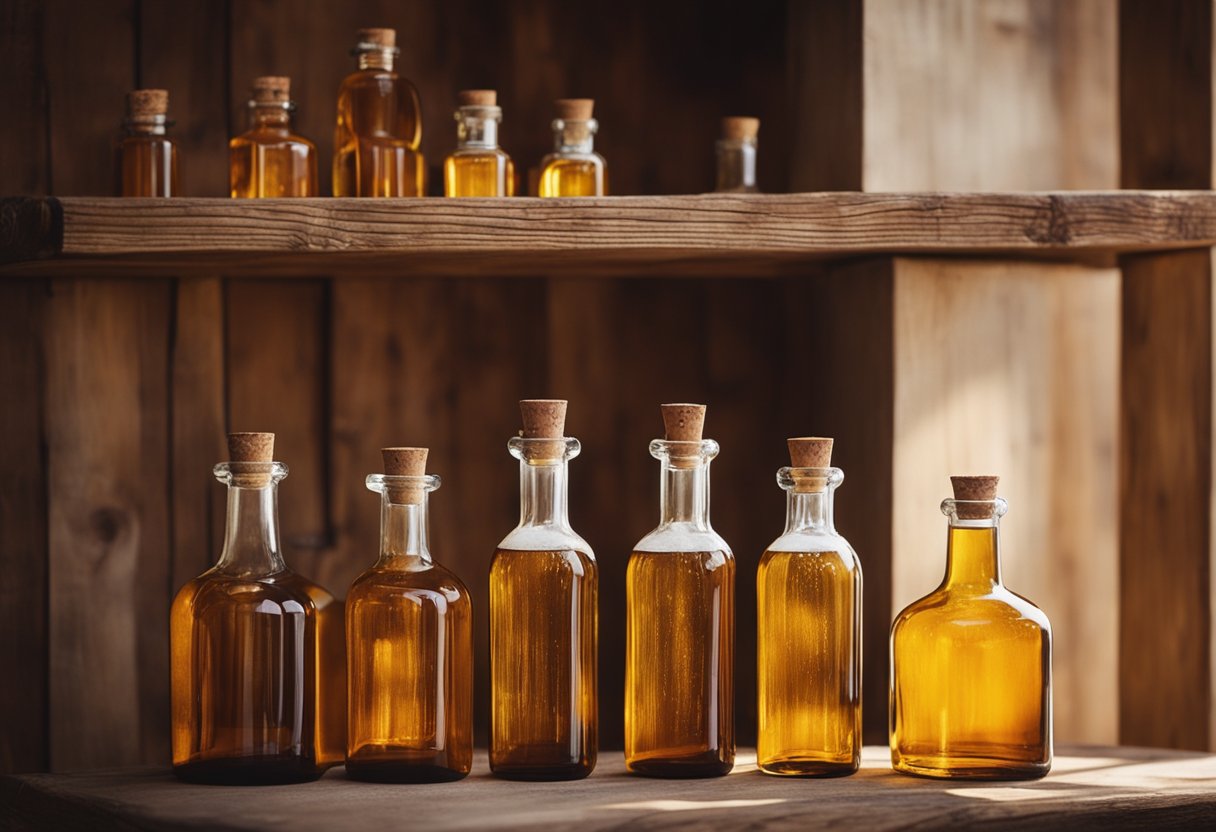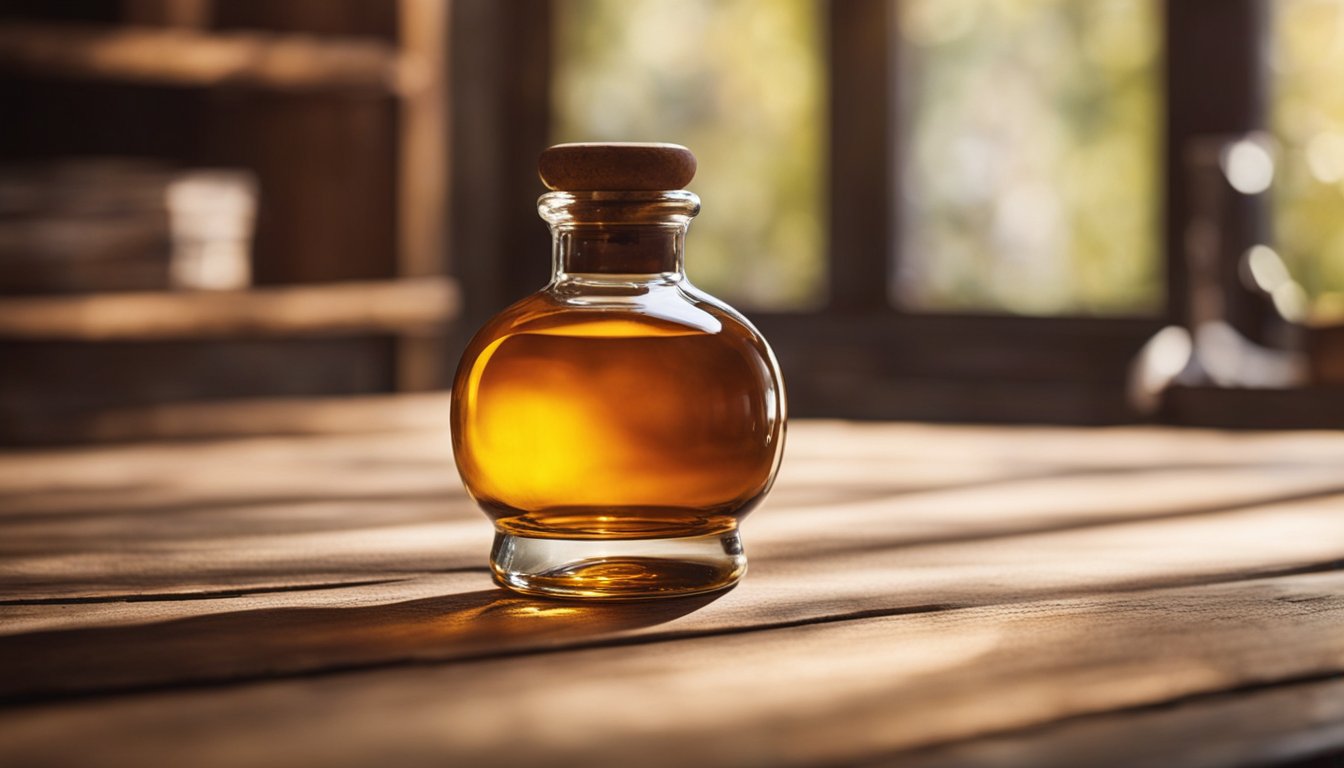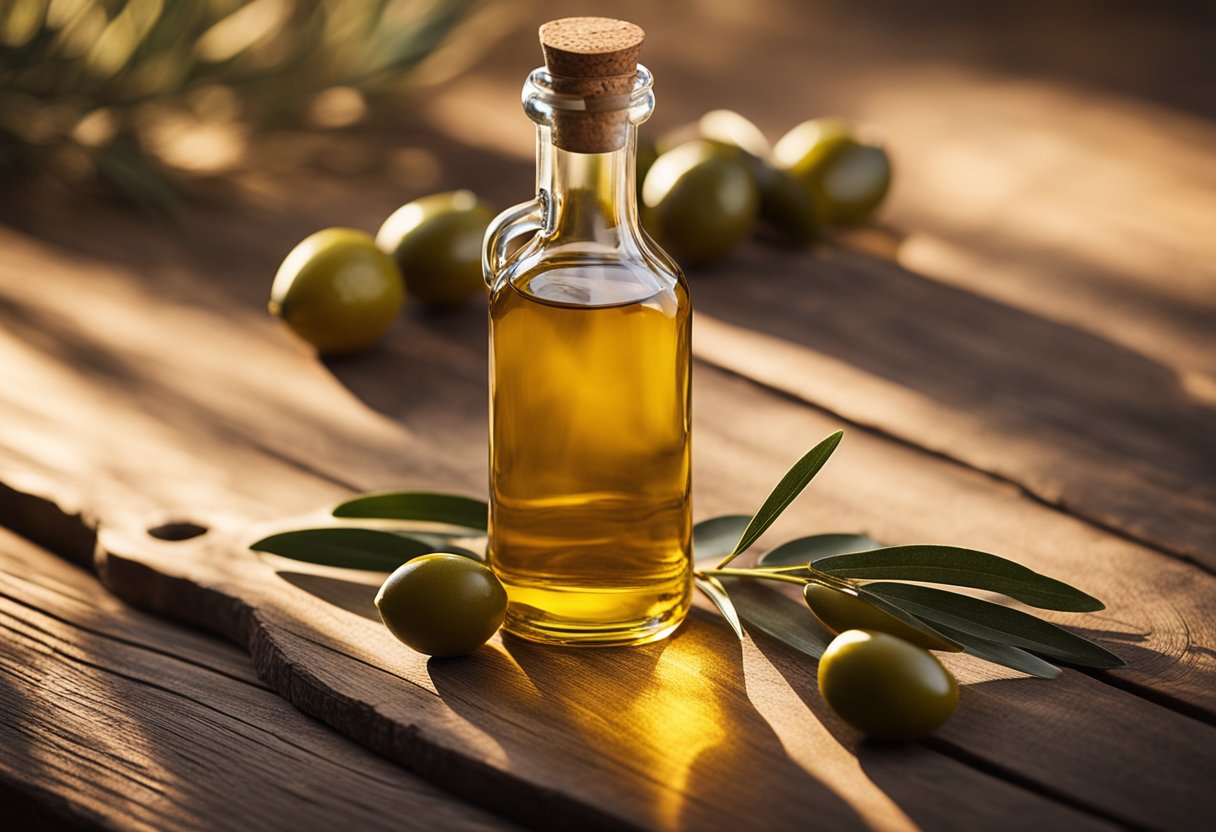If you’re looking for a versatile and trendy glassware option, look no further than mason jar glasses. Originally used for canning and preserving food, mason jars have become a popular choice for drinks, storage, and even DIY crafts. These glass jars with a screw-on lid and airtight seal are perfect for everything from homemade jam to cold beverages.

Mason jar glasses come in a variety of sizes, from small 4-ounce jars to large 32-ounce jars. They’re made of thick, durable glass that can withstand high temperatures and rough handling, making them perfect for canning and preserving food. Plus, the airtight seal on the lid keeps food fresh for longer.
In addition to their practical uses, mason jar glasses have also become a popular choice for drinks. They’re perfect for serving cocktails, lemonade, or even beer. With their rustic charm and vintage look, mason jar glasses add a touch of nostalgia to any drink. So whether you’re canning food, storing leftovers, or hosting a backyard BBQ, mason jar glasses are a versatile and stylish choice.
History of Mason Jars

Mason jars are a type of glass jar that are commonly used for preserving food. They have a rich history that dates back to the mid-19th century. In this section, we will explore the invention and evolution of the Mason jar.
Invention and Patent
The Mason jar was invented by John Landis Mason in 1858. He was a tinsmith from New Jersey who wanted to create a better way to preserve food. Mason’s invention was the first hermetically re-sealable glass jar and was intended to help improve food preservation and safety by providing an airtight storage container. He patented his invention on November 30, 1858, and it quickly became popular among home canners.
Mason’s jars were made from transparent aqua glass and had a threaded screw-top lid that was “air and water-tight” source. The jars were a significant improvement over previous methods of food preservation, such as sealing food in wax or using corked bottles.
Evolution of Design
Over time, the design of the Mason jar evolved. In the early 20th century, mass production made Mason jars ubiquitous in America. One of the most prolific manufacturers of Mason jars was the Ball Corporation, which began producing the jars in 1884 source.
The jars were produced in various sizes and colors, including clear, blue, and green. They were also made in different shapes, such as square and round. The design of the jars continued to evolve, with new features such as measurement markings and wider mouths for easier filling and cleaning.
Today, Mason jars are still widely used for food preservation, as well as for a variety of other purposes such as drinking glasses, flower vases, and candle holders. They have become an iconic symbol of American culture and continue to be produced by various manufacturers.
Manufacturing Process

Materials Used
Mason jars are made from glass, which is a combination of silica, soda ash, limestone, and other additives. The exact composition of the glass depends on the manufacturer and the intended use of the jars. For example, some manufacturers may add boron to the glass to make it more resistant to thermal shock, while others may add alumina to increase its durability.
Production Techniques
The manufacturing process for mason jars typically involves several steps, including:
- Melting: The raw materials are melted together in a furnace at temperatures of up to 2,700 degrees Fahrenheit. This creates a molten glass mixture that is ready for shaping.
- Shaping: The molten glass is then shaped into the desired form using one of several production techniques, such as the press-and-blow method or the blow-and-blow method. In the press-and-blow method, a gob of molten glass is dropped into a blank mold, and a plunger presses a dent into the gob, creating the parison. The parison is then flipped over and placed into the blow mold, where it is blown with air to take on the shape of the mold. In the blow-and-blow method, the glass is blown into a mold without the use of a plunger.
- Annealing: After shaping, the glass is cooled slowly in an annealing oven to relieve any internal stresses and make it more durable. This process can take several hours, depending on the size and thickness of the jars.
- Finishing: Once the glass has been annealed, it is inspected for defects and then trimmed and polished as necessary. The jars are then ready for packaging and distribution.
Overall, the manufacturing process for mason jars is a complex one that requires a high degree of skill and precision. By using high-quality materials and advanced production techniques, manufacturers are able to create durable and attractive jars that are well-suited for a variety of applications.
Usage and Applications

Mason jars are versatile and can be used for a variety of purposes. From food preservation to decorative purposes, mason jars have proven to be a reliable and cost-effective solution for many applications.
Food Preservation
Mason jars are perfect for preserving food items such as fruits, vegetables, jams, and jellies. The jars’ airtight seal keeps the food fresh for a long time, making them an excellent option for those who want to store their food for an extended period. You can also use mason jars to store dry food items such as rice, beans, and pasta.
Canning and Storage
Mason jars are popularly used for canning and storage of food items. The jars are available in different sizes, making them ideal for storing different quantities of food. You can use the jars to store homemade sauces, dressings, and marinades. They are also great for storing leftovers, and you can easily reheat your food in the microwave by removing the lid.
Decorative Purposes
Mason jars are an excellent option for decorative purposes as well. You can use them to create beautiful centerpieces, candle holders, and flower vases. You can also use them to store small items such as buttons, beads, and screws. Mason jars come in different colors, sizes, and shapes, allowing you to choose the perfect one for your decorative needs.
Mason jars are versatile and can be used for a variety of purposes. From food preservation to decorative purposes, mason jars are a reliable and cost-effective solution. Whether you are canning and storing food or creating beautiful centerpieces, mason jars are an excellent option to consider.
Customization and DIY Projects
If you’re looking for a fun and creative way to add some personality to your mason jars, there are plenty of customization and DIY projects you can try. Here are a few ideas to get you started:
Painting and Decoration
One of the simplest ways to customize your mason jars is to paint them or add decorative elements. You can use spray paint, acrylic paint, or even chalkboard paint to give your jars a new look. To make the paint last longer, consider adding a clear coat of sealant or using a paint specifically designed for glass surfaces.
If you want to add some texture or visual interest to your jars, consider adding some decorative elements like ribbons, twine, or lace. You can also use stencils to create patterns or designs on your jars.
Mason Jar Crafts
If you’re feeling a bit more ambitious, there are plenty of DIY projects you can tackle using mason jars. Here are a few ideas:
- Candle holders: Use mason jars to create unique candle holders. You can add decorative elements like twine or lace to the outside of the jar, or fill the jar with sand or stones for a beachy look.
- Herb gardens: Create a small herb garden using mason jars. Simply fill the jar with soil, add some seeds or seedlings, and place the jar near a sunny window.
- Soap dispensers: Turn your mason jars into stylish soap dispensers. You can purchase a pump top that fits a mason jar lid, or create your own using a cork or plastic pump.
- Succulent planters: Create a small succulent planter using a mason jar. Fill the jar with soil, add some small succulent plants, and place the jar on a sunny windowsill.
As you can see, there are plenty of ways to customize and repurpose your mason jars. Whether you’re looking for a simple painting project or a more involved DIY craft, there’s sure to be an idea that fits your style and skill level.
Sustainability and Recycling
Eco-Friendliness
Mason jars are an eco-friendly choice for food storage and beverage containers. They are made of glass, which is a recyclable material. Recycling glass helps to reduce the amount of waste that ends up in landfills, conserves natural resources, and reduces greenhouse gas emissions.
When you recycle glass jars, they are melted down and used to make new glass products. This process requires less energy and produces fewer emissions than making new glass from raw materials. According to WWF, recycling one glass bottle saves enough energy to power a 100-watt light bulb for four hours.
Repurposing Ideas
In addition to recycling, mason jars can also be repurposed in many creative ways. By repurposing jars, you can give them a new life and keep them out of the landfill. Here are a few ideas:
- Food storage: Mason jars are perfect for storing dry foods like grains, beans, and nuts. You can also use them to store leftovers or pack your lunch.
- Drinking glasses: Mason jars make great drinking glasses for water, juice, or cocktails. You can even add a lid and a straw for on-the-go use.
- Vases: Mason jars can be used as vases for flowers or succulents. You can decorate them with paint or ribbon to match your decor.
- Candle holders: Mason jars make great candle holders. You can fill them with sand, rocks, or shells and add a candle for a beachy vibe.
- DIY projects: Mason jars can be used in many DIY projects, such as making soap dispensers, lanterns, or terrariums. The possibilities are endless!
By repurposing mason jars, you can reduce your environmental impact and get creative at the same time.
Frequently Asked Questions
What are the different sizes available for mason jar glasses?
Mason jar glasses come in various sizes, typically ranging from 4 ounces to 32 ounces. The most popular size is the pint-sized (16-ounce) mason jar. However, you can also find smaller sizes, such as 4-ounce jars, which are perfect for serving individual desserts or appetizers. Larger sizes, such as the quart-sized (32-ounce) jars, are great for storing larger quantities of food or beverages.
Can mason jar glasses with lids and straws be used for hot beverages?
Mason jar glasses with lids and straws are typically designed for cold beverages, such as iced tea, lemonade, or smoothies. However, some manufacturers produce mason jar glasses that are suitable for hot beverages, such as coffee or tea. Make sure to check the product specifications before using a mason jar glass for hot beverages.
What distinguishes vintage mason jar glass from contemporary designs?
Vintage mason jar glass typically has a distinct look and feel that sets it apart from contemporary designs. For example, vintage jars may have a different color or texture, or they may feature embossed logos or designs that are no longer used. Additionally, vintage mason jar glasses may be more fragile or delicate than contemporary designs, so they require extra care when handling or cleaning.
How do you determine the quality of a mason jar glass?
The quality of a mason jar glass can be determined by several factors, including the thickness and clarity of the glass, the tightness of the lid, and the overall durability of the product. Look for mason jar glasses that are made from high-quality glass and feature a secure lid that seals tightly to prevent spills or leaks.
Are there any safety concerns when using mason jar glasses for drinking?
When using mason jar glasses for drinking, it’s important to be aware of the potential safety concerns. For example, mason jar glasses may be more prone to breakage or shattering than other types of glassware, especially if they are dropped or exposed to sudden temperature changes. Additionally, some mason jar glasses may contain lead or other harmful chemicals, so it’s important to choose products that are certified as safe for food and beverage use.
What type of glass material is typically used in the production of mason jars?
Mason jars are typically made from soda-lime glass, which is a type of glass that is commonly used in the production of glassware. Some manufacturers may use tempered glass for increased strength and durability, while others may use recycled glass to reduce their environmental impact. Make sure to check the product specifications to determine the type of glass material used in a particular mason jar glass.













